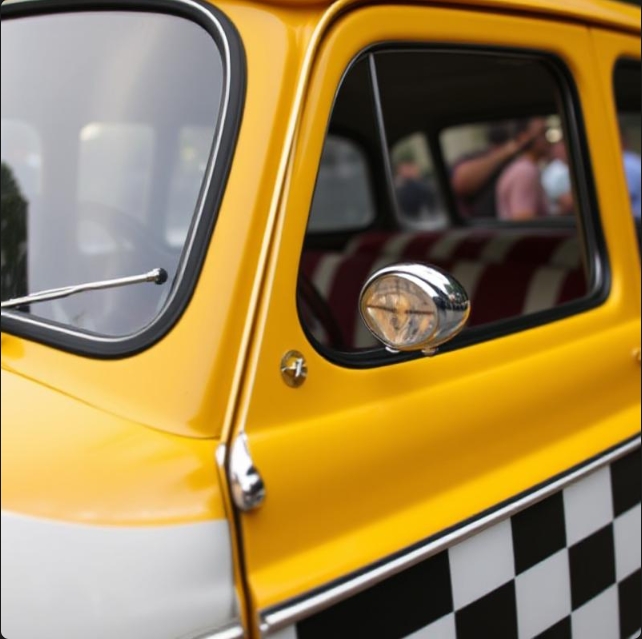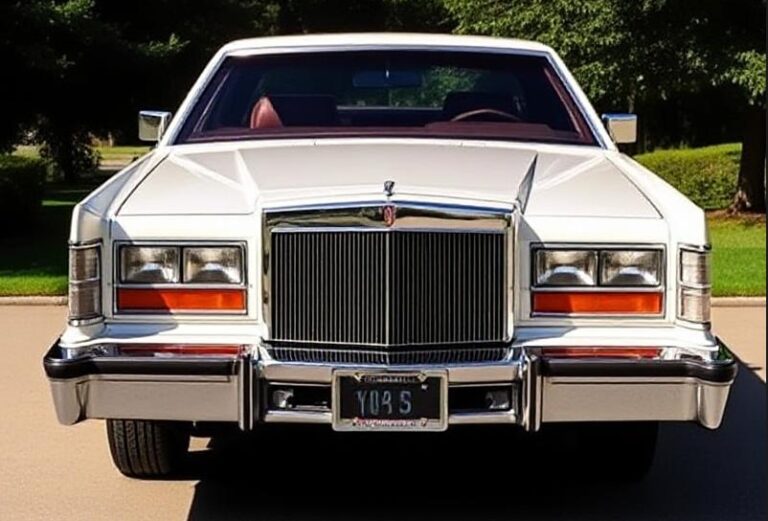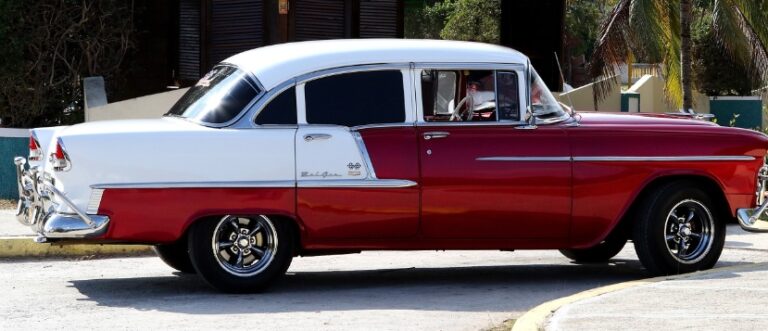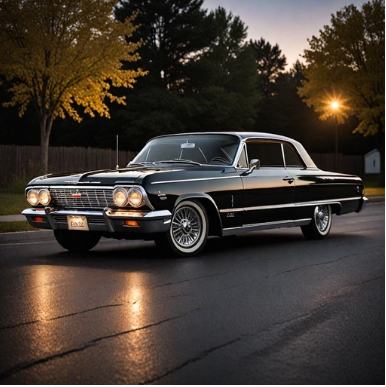The Evolution of the Checker Marathon: An Icon of American Automotive History
The Checker Marathon is a name synonymous with American automotive history, primarily recognized as an iconic taxi vehicle. Manufactured by the Checker Motors Corporation based in Kalamazoo, Michigan, the Marathon has become a symbol of reliability and durability on the streets of many cities, particularly New York. The Checker Marathon underwent a series of evolutions from its inception in the 1950s until production ceased in the early 1980s. This article delves into the history, models, trim levels, and lasting impact of the Checker Marathon.
Beginnings: The Creation of the Checker Marathon (1956)
Checker Motors Corporation first introduced the Marathon in 1956. Designed originally as a taxi cab, its robust construction was perfect for the rigors of city life. The Checker Marathon was built on a separate chassis, which provided higher reliability and ease of repair, in contrast to the unibody designs prevalent in the automobile industry at the time.
The initial model was the 1956 Checker A8. It featured a boxy design that became a trademark for future models. Powered by a 6-cylinder engine, the A8 laid the foundation for endurance and strength, featuring easily replaceable parts, making it a favorite among taxi companies.
Evolution Through the 1960s
By 1961, the Marathon saw its first major transformation with the introduction of the A9 model. It sported a wider and more spacious interior, reflecting the growing desire for passenger comfort. The 1960s were pivotal years for the Checker Marathon, as they began offering various trim options. The 1962 Checker Marathon (A9) had a more refined design without losing its utility component.
In 1965, the Checker Marathon A11 was released. It featured various options, including a more powerful 327-cubic inch V8 engine. The A11 also had the added advantage of electric windows and upgraded upholstery, catering to both taxi services and individual consumers who appreciated the vehicle’s unique style and spaciousness.
With the changing times, the Checker Marathon became associated with the burgeoning “ride-share” culture, but mainly dominated the taxi industry. The popularity of the Checker Marathon during this period solidified its place in American culture.
The 1970s: The Checker Marathon Gains Popularity
As the 1970s rolled in, Checker Motors continued to evolve the Marathon. In 1970, the Checker A12 was launched. Improvements included a wider body, enhanced aerodynamics, and updated frame design, leading to improved fuel efficiency while maintaining its well-known durability.
In 1973, Checker introduced the Marathon A14. This version brought a significant design update, including a more spacious passenger area, a plush rear seat, and improved interior features. The plastic dashboard helped reduce weight and costs, and the availability of air conditioning made it appealing for taxi companies looking to provide comfort for their passengers in hot weather.
Throughout the decade, the Marathon garnered acclaim not just as a taxi cab but also as a family vehicle. It became a popular choice among discerning buyers looking for a unique and spacious car that emanated classic American style.
The Decline and Last Models
The early 1980s marked a turning point for the Checker Marathon. In 1982, the last of the Checker Marathons was produced, specifically the 200 model, which was a final evolution of the iconic vehicle. Despite its continuing popularity among taxi fleets, rising operating costs and changing regulations meant that the company could no longer sustain production. The Marathon faced tough competition from more modern, fuel-efficient vehicles, which ultimately led to the ceasing of production in 1982.
During its final years, the Checker Marathon was known primarily in the “Checker Cab” trim, tailored towards taxi services, whereas more luxurious trim additions targeted private buyers looking for a distinctive vehicle. The Checker Fifth Avenue was one rare variant that leaned towards luxury, featuring larger backseats and upgraded materials but staying true to the Marathon’s core design and reliability.
.
Dodge Challenger School Bus?
Is this the craziest vehicle you’ve ever seen?
.
Legacy of the Checker Marathon
Although production ceased in 1982, the Checker Marathon remains an enduring symbol of American automotive culture. It can still be seen on city streets, often repurposed as unique vehicles by collectors and enthusiasts. The vehicle’s inherent durability and distinctive styling have granted it a legendary status among vintage automobile aficionados.
The Marathon is particularly cherished by collectors and is often restored to its original performance and style. Car shows and auto exhibitions regularly feature the Checker Marathon due to its historical significance and striking appearance. The rise of the vintage car market in the 21st century has further increased interest in the Marathon, with enthusiasts and collectors alike seeking out these rare finds.
Conclusion
The Checker Marathon is more than just a vehicle; it is a testament to American automotive ingenuity and design. From its original model in the 1956 A8 to its final production run with the A14 in 1982, it epitomized function blended with a unique aesthetic flair. The Marathon’s legacy continues to captivate car enthusiasts and collectors, ensuring its place in the pantheon of iconic American cars. As we reflect on its evolution over the decades, it remains clear that the Checker Marathon is not simply a car; it is an enduring symbol of urban transportation and American culture.







